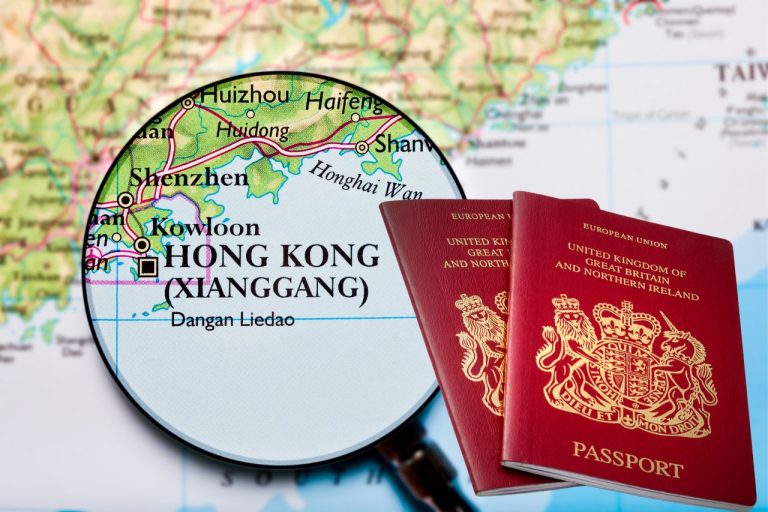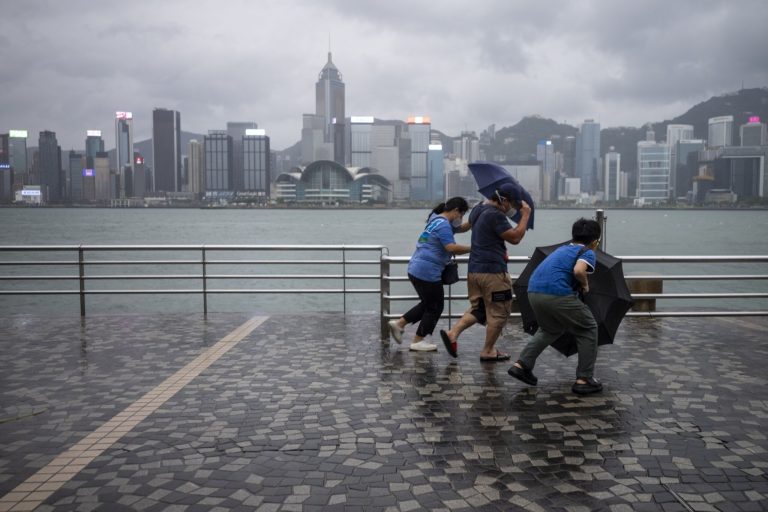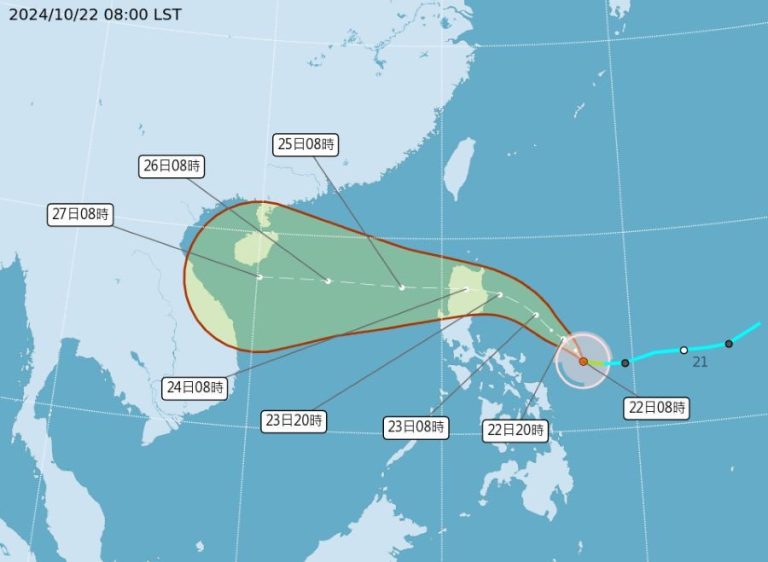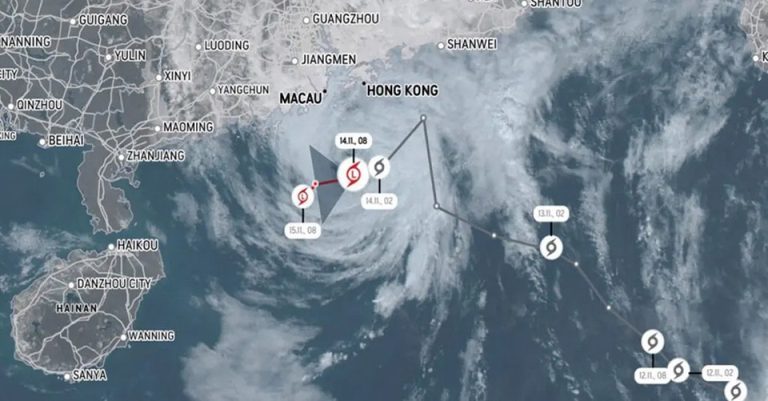Navigating School Closures: Hong Kong’s Tropical Cyclone Safety Protocols
When tropical cyclones threaten Hong Kong’s urban landscape, the city’s Education Bureau springs into action with a carefully orchestrated approach to student safety. This Wednesday, parents and students are experiencing one such instance, with a No. 3 Tropical Cyclone Warning Signal prompting immediate and strategic class suspensions.

The current warning specifically impacts morning and full-day kindergartens, along with specialized schools serving children with physical and intellectual disabilities. These targeted closures reflect the bureau’s commitment to protecting the most vulnerable student populations during potentially hazardous weather conditions.
However, the suspension guidelines are nuanced and dynamic. Should the Hong Kong Observatory cancel the No. 3 signal before 10:30 a.m., afternoon kindergarten classes may resume normally. Meanwhile, primary and secondary schools, as well as evening educational programs, are expected to continue operating according to their standard schedules.

Recognizing that weather impacts can vary dramatically across different locations, the Education Bureau has empowered individual schools with decision-making flexibility. If a school’s premises or surrounding environment requires cleaning or repairs due to storm-related damage, administrators can independently suspend classes. In such scenarios, schools must promptly communicate changes to parents and students.
An essential aspect of these protocols is ensuring continuous student support. Even during class suspensions, schools are required to maintain open premises under safe conditions. Staff must remain available to supervise any students who might need to return to the school, demonstrating a comprehensive approach to student welfare.

Parents play a crucial role in these situations, and the bureau encourages them to make informed decisions. Families are advised to carefully assess their home conditions, local road situations, and district-specific weather updates before determining whether to send children to school. This guidance underscores the shared responsibility between educational institutions and families in managing potential risks.
The tropical cyclone warning system itself represents a sophisticated approach to public safety. The No. 3 signal indicates significant wind speeds and potential hazards, triggering these preemptive protective measures. By suspending classes for the most vulnerable student groups, authorities aim to minimize potential risks associated with severe weather.

For residents and parents, staying informed is paramount. Monitoring official announcements, checking the Hong Kong Observatory’s updates, and maintaining open communication with school administrators are key strategies for navigating these weather-related disruptions.
These protocols reflect Hong Kong’s broader commitment to proactive safety management. Rather than waiting for incidents to occur, the city’s educational and meteorological systems work collaboratively to anticipate and mitigate potential risks, particularly when it comes to protecting children and students.

As tropical cyclones remain a recurring challenge in the region, these well-established guidelines provide a reassuring framework. They demonstrate how systematic planning, clear communication, and a focus on student safety can effectively manage complex environmental challenges.
For those seeking the most current information, official channels and local news sources remain the most reliable resources during such weather events. By staying informed and following recommended guidelines, students, parents, and educators can navigate these temporary disruptions with confidence and calm.







